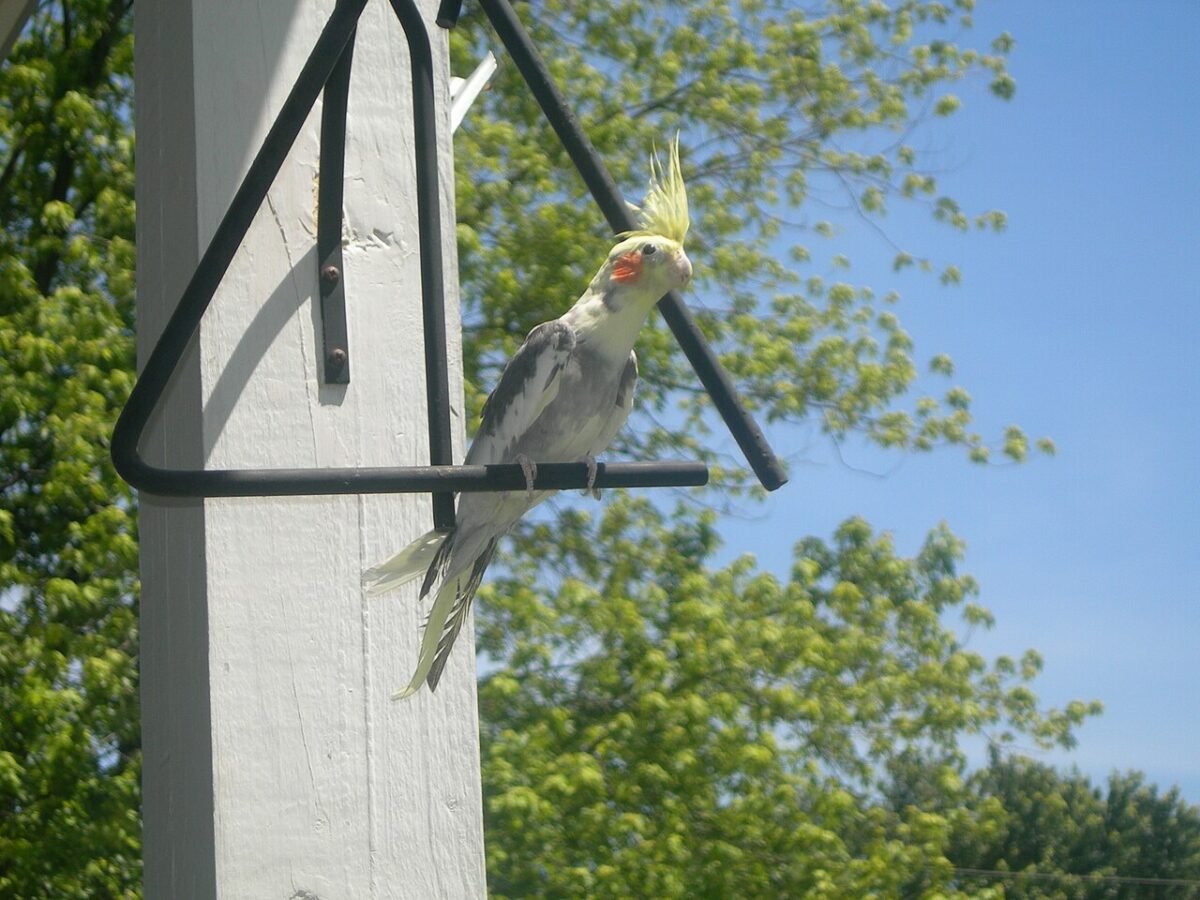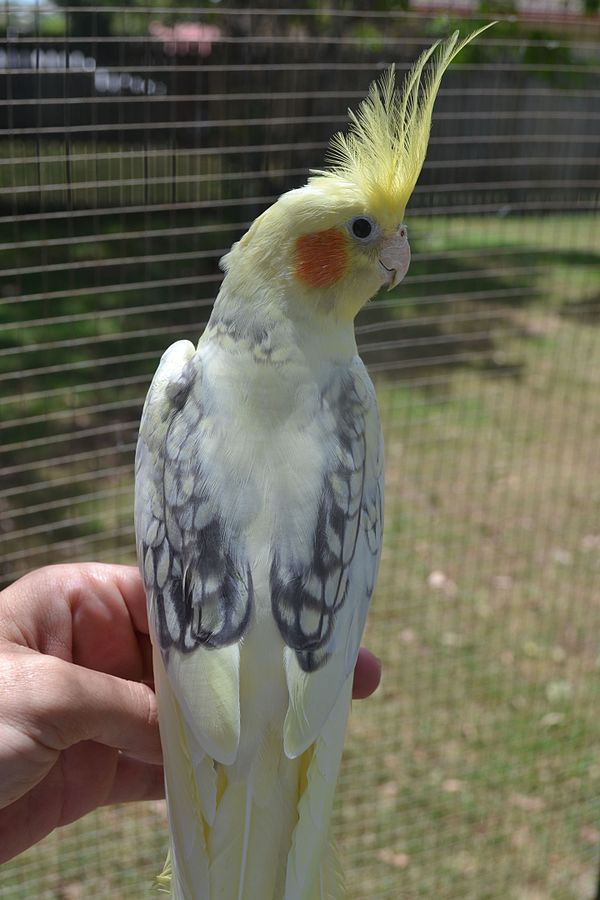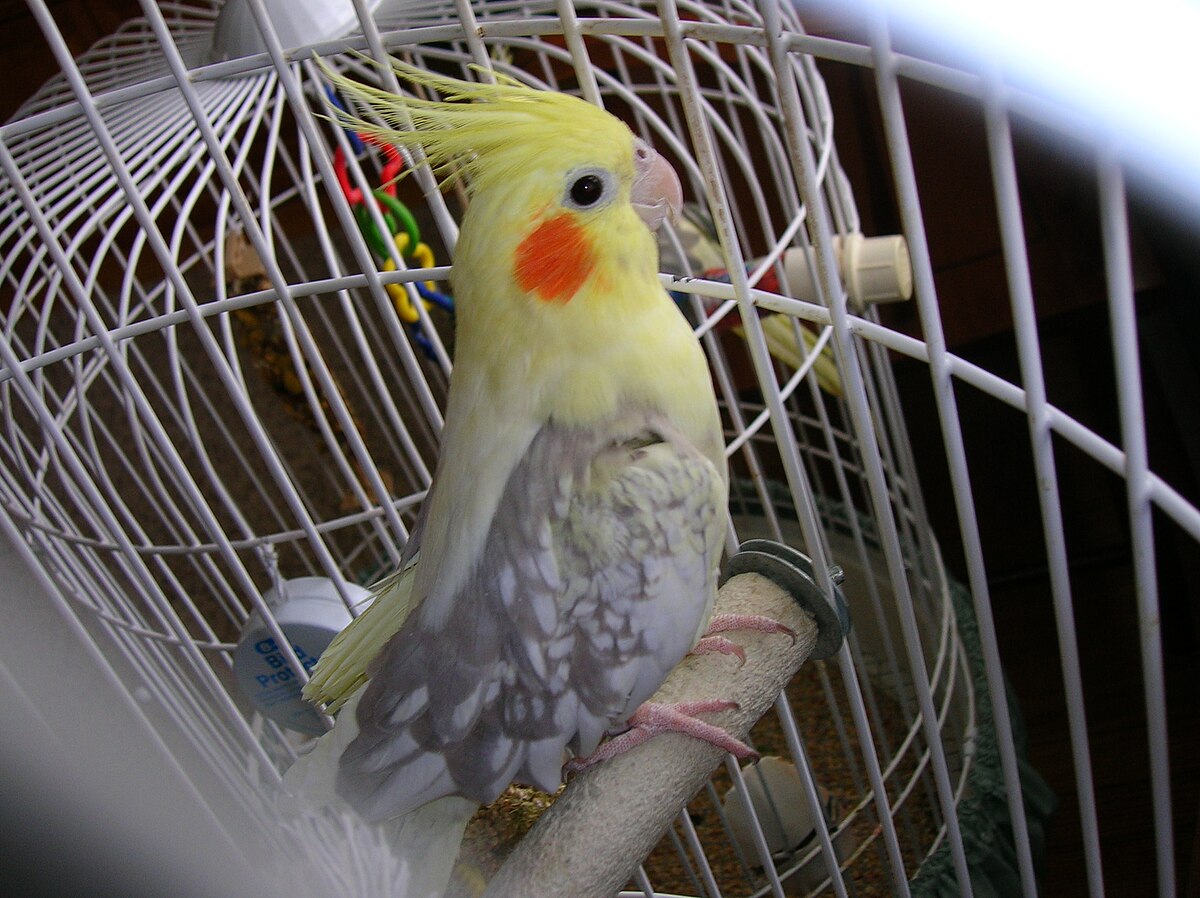Known for their vibrant aesthetic and playful antics, Pied Cockatiels are the beloved parrot species native to Australia. Belonging to the fastest fliers in Australia, a notable Cockatiel trait is their distinctive crests and curved beaks. Perfectly attuned to their mood, the crest erects when excited, and flattens when the bird feels defensive or angry. A joy to have as pets, their easy-to-read moods make for a delightful interaction. One can’t help but notice their long tails, often giving them a parakeet-like appearance.
Discovering the Beauty of Pied Cockatiel’s Unique Pattern

The exquisitely patterned coat of a Pied Cockatiel isn’t just visually captivating; it’s a subject of intrigue. Their random gray and white blotches are creations of genes acting as “disturbers.” Consequently, the symmetrical placement of these blotches results in some cockatiels looking spectacularly stunning. However, predicting this pattern in their offspring remains a tantalizing puzzle.
Essential Pied Cockatiel Care and Nourishment

The Ideal Living Space
Providing a roomy cage is the first step towards ensuring your Pied Cockatiel’s comfort. The cage needs to be at least 18x18x24 inches for them to spread their wings freely. They utilize perches quite extensively, thus ensuring a good quality perch saves them from discomfort in the long run.
Dietary Requirements
- Seeds and sprouts.
- Fresh fruits and vegetables.
- Nuts and bird pellets.
Replenishing their water supply daily is crucial. An interesting fact: Pied Cockatiels love a good bath. A shallow dish with water in the cage would be a delightful treat for them!
Physical Activity and Playtime
A supportive environment where your bird can play and climb is crucial. Ensuring a generous amount of toys in the cage as well as daily exercise time outside offers them plenty of room for activity. Training them can be an enjoyable experience, especially since they pick up tricks like whistling and talking with relative ease.
Expert Tips for Training Your Pied Cockatiel

Pied Cockatiel training involves repetition, patience, and time. Birds within the 12 to 14 weeks old spectrum are the easiest to train. It’s recommendable that every household member takes part in the training process so the bird doesn’t become a one-person pet. Young birds who resort to biting can first be trained using a stick, before moving on to your finger. It’s essential to remember that a successful Pied Cockatiel training doesn’t happen overnight and requires persistence.
Starting With Trust Building
Trust-building commences the training stage. Always approach your bird in a calm, slow manner while speaking softly. Coax them gently to perch on your hand with the incentive of a treat. Remember to reward them appropriately once they follow through successfully.
Progressing to Trick Training
Trick training is more effortless if the bird has mastered trust-building. Ideally, start with simple tricks, like ringing bells or climbing ladders. It’s interesting to note that Pied Cockatiels perform beak tricks with more skill compared to claw tricks.
Related Resources: